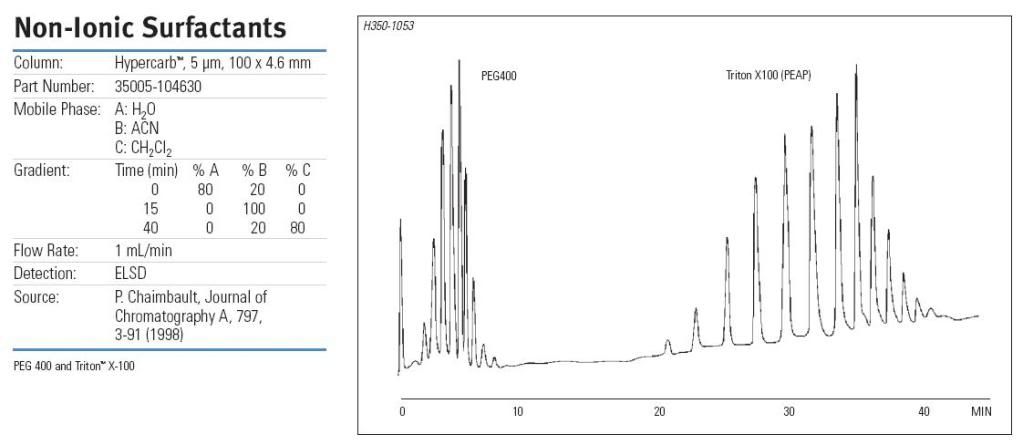-
- Posts: 83
- Joined: Sat Sep 26, 2009 9:54 am
I was wondering if anyone has experience with HPLC analysis of polyethylene glycol using RI detection?
First, what type columns should be used for separation; SEC, HILIC...?
Also, I have the challenging task of quantifying the free PEG in a finished pegylated protein product, molecular weight difference between the free PEG and unpegylated protein is around 20 KDa.
the product is already being analyzed by a SE-HPLC UV method for quantifying the pegylated and free protein, but I don't think this SEC column, but I believe the free PEG elutes a very close retention time to the pegylated protein... if I use the same method with RI detection, I assume all 3 components (free PEG, free protein and pegylated protein) will give signals, but will they be as intense as observed with UV?
I am still new with RI detectors which is planned to be installed soon, and I'm trying to collect as much theoretical experience as possible to know where to start once installed, can anyone give me an idea about those questions above?
Thank you

